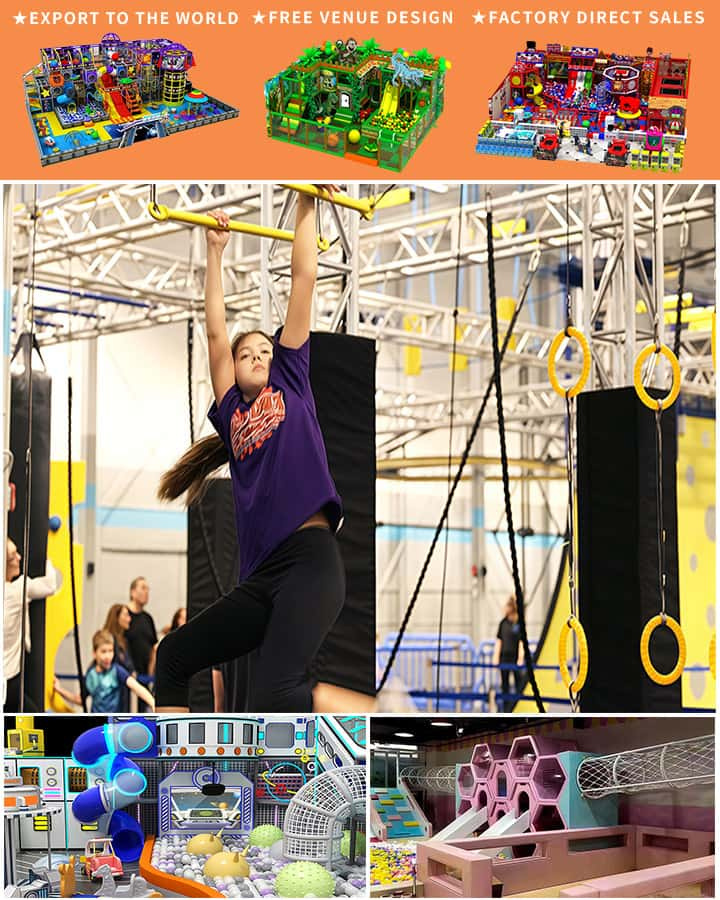When planning a playground, one of the most crucial factors to consider is the cost of playground equipment. Understanding these costs can help communities, schools, and parks make informed decisions that balance quality and budget. In this guide, we will explore various aspects of playground equipment costs, including different types of equipment, materials, and additional expenses such as installation and maintenance.
Types of Playground Equipment
Playgrounds come in a variety of shapes and sizes, catering to different age groups and needs. Here are some common types of playground equipment, along with their approximate costs:
1. Traditional Swings
- Single Belt Swings: These basic swings are often made from durable materials like galvanized steel or heavy-duty polyester. They typically cost between \(50 and \)200 each.
- Trapeze Ring Swings: These add an extra layer of fun and challenge and may cost between \(100 and \)300 per unit.
2. Slides
- Straight Slides: Basic straight slides made from plastic or fiberglass can range from \(200 to \)800 depending on height and features.
- Spiral Slides: These more elaborate designs can be quite costly, ranging from \(1,000 to \)3,000.
3. Climbing Structures
- Ladder Structures: Simple climbing structures with ladders can start around \(500 but may go up to \)2,000 for more complex designs.
- Rock Walls: Custom rock walls designed for climbing can be expensive, ranging from \(1,000 to \)5,000.

4. Merry-Go-Rounds and Spinning Equipment
- Spring Riders: These provide a fun spinning experience and usually cost between \(500 and \)1,500.
- Carousel-Type Merry-Go-Rounds: More sophisticated and larger models can be priced from \(2,000 to over \)10,000.
5. Interactive Play Equipment
- Musical Instruments: Installing interactive musical elements like drum sets, chimes, and bells can range from \(300 to \)1,000.
- Water Features: Interactive water play areas might start at around \(500 and can exceed \)5,000 based on complexity and size.
Materials Matter
The cost of playground equipment is heavily influenced by the materials used. Higher-quality materials tend to be more durable and long-lasting but come at a higher price point. Common materials include:
- Plastic: Affordable and versatile, plastic equipment is often used for swings, slides, and small climbers. It tends to be the least expensive option.
- Metal (Steel, Aluminum): Metal structures are robust and durable but can be more costly. Galvanized steel and powder-coated aluminum offer excellent corrosion resistance.
- Wood: Wooden playgrounds have a natural look and feel. Pressure-treated wood is commonly used to resist decay and pests but requires regular maintenance.
- Fiberglass: Fiberglass is known for its strength and flexibility, making it ideal for slides and other components. However, it can be relatively expensive.
Installation Costs
While the price of the equipment itself is significant, installation costs should not be overlooked. Proper installation ensures safety and compliance with local regulations. Installation costs can vary widely but generally range from 10% to 30% of the total equipment cost. Factors influencing installation costs include:
- Site Preparation: Leveling the ground, removing old equipment, and preparing a stable base can add to the overall expense.
- Labor: Professional installation requires skilled labor, which can vary in cost by region.
- Accessibility Features: Incorporating ramps, wheelchair access, and compliant surfaces increases both material and labor costs.
Maintenance Expenses
Long-term ownership of playground equipment involves ongoing maintenance to ensure safety and prolong lifespan. Regular inspections, cleaning, and part replacements contribute to these costs. Budgeting for annual maintenance might involve:
- Routine Inspections: Annual inspections are often mandated by local regulations and can cost between \(500 and \)1,500.
- Repairs: Minor repairs, such as replacing worn parts or fixing small damages, can range from a few hundred to several thousand dollars annually.
- Replacements: Over time, some components may need outright replacements, especially in high-use areas.
Conclusion
Understanding the cost of playground equipment involves considering the type of equipment, materials, installation, and ongoing maintenance. While initial expenses might seem daunting, investing in high-quality, well-maintained playground equipment offers long-term benefits, including durability, safety, and enhanced recreational experiences for children and communities. By carefully planning and budgeting, organizations can create enjoyable and safe playgrounds that stand the test of time.




